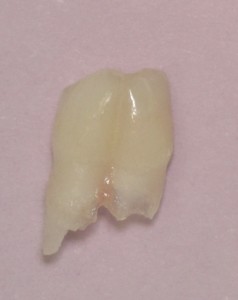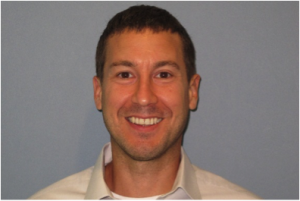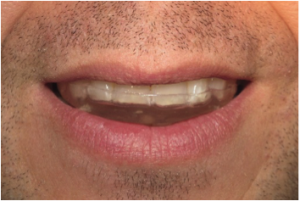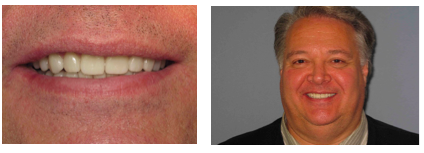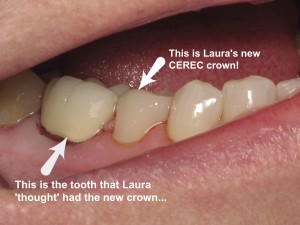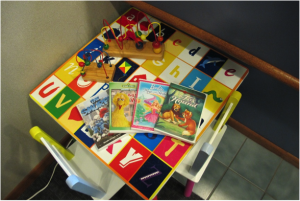By: Dr. Elizabeth Eggert
Straighter teeth is something many people desire, but when it comes to wearing braces for two, three or even four years, many patients shy away and live with their misaligned teeth. Luckily though, there is another option that is completely invisible and removable! Invisalign was introduced in 1999 by Align Technologies. The removable orthodontic appliance incorporates a series of invisible (clear) plastic aligners that fit comfortably over your teeth and are designed to move them gradually into the desired orthodontic position.
Invisalign is currently approved for adults and teenagers with completely erupted permanent teeth who are able to faithfully follow the directions for treatment. Invisalign can be used to correct the following types of mild dental problems:
- Overly crowded teeth.
- Widely spaced teeth
- Overbite/overjet
- Crossbite
- Malocclusions (bite irregularities)
How it Works
The Invisalign method requires only one set of impressions and photographs of the teeth, taken during your initial consultation, to craft the aligners. These impressions are used to create a 3D computer projection of how your teeth will be incrementally moved until they are perfectly aligned. The impressions are sent to a dental laboratory where the aligners are created using a computer-aided design/manufacturing processes.
Once the aligners are completed, your dentist will dispense them in groups of one or two at a time during regular check-up appointments. These appointments typically occur every 4-6 weeks. Each aligner must be worn in its specific order for about two weeks, during which time it moves the teeth in small increments of about .25 millimeters to .33 millimeters. Although the aligners are removable for eating, drinking and check-ups, they should be worn at least 20 hours a day in order to reposition the teeth successfully.
A typical Invisalign treatment requires 20 to 30 aligners for both upper and lower teeth. Most adults complete their treatment in less than a year, but that time depends on the specific alignment problem.
Benefits of Invisalign
The benefits of Invisalign are numerous. First, they are nearly invisible so most people will not be able to tell that you are undergoing treatment. They are also way more comfortable than braces as you don’t have wires and brackets digging into your gums, lips and cheeks. Patients who use Invisalign often avoid damage to the gums and supporting tissues. Patients will also avoid bacteria build up that would result through traditional braces.
Finally, Invisalign aligners are removable, so you can eat whatever you want and brush and floss your teeth normally. Patients are also able to get regular dental checkups while using Invisalign. Traditional braces also prevent X-rays and regular cleanings while Invisalign can be removed, allowing for dentist access.
